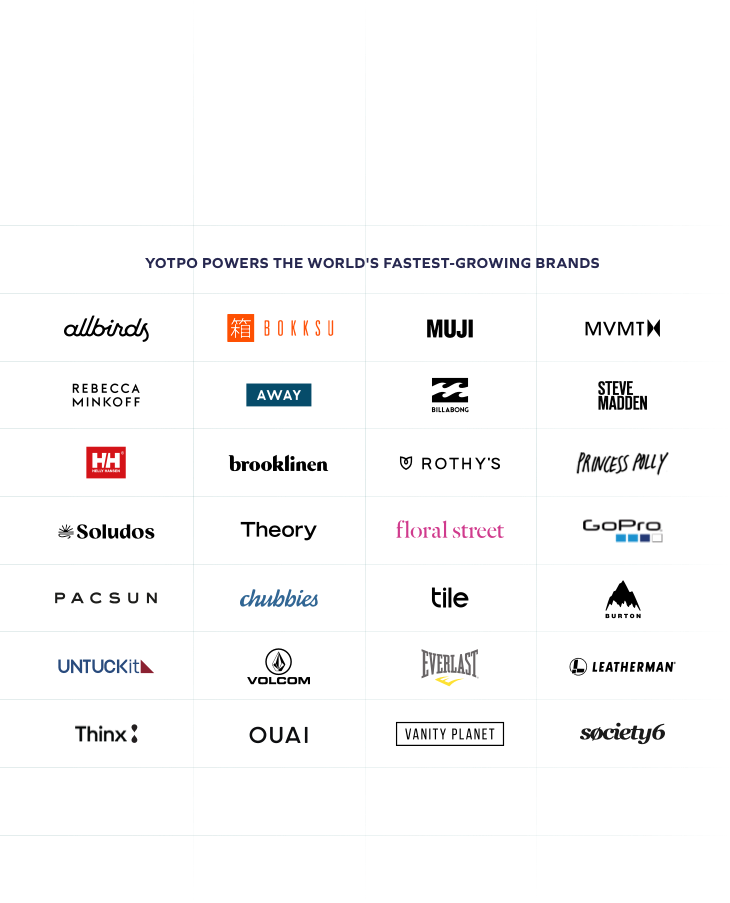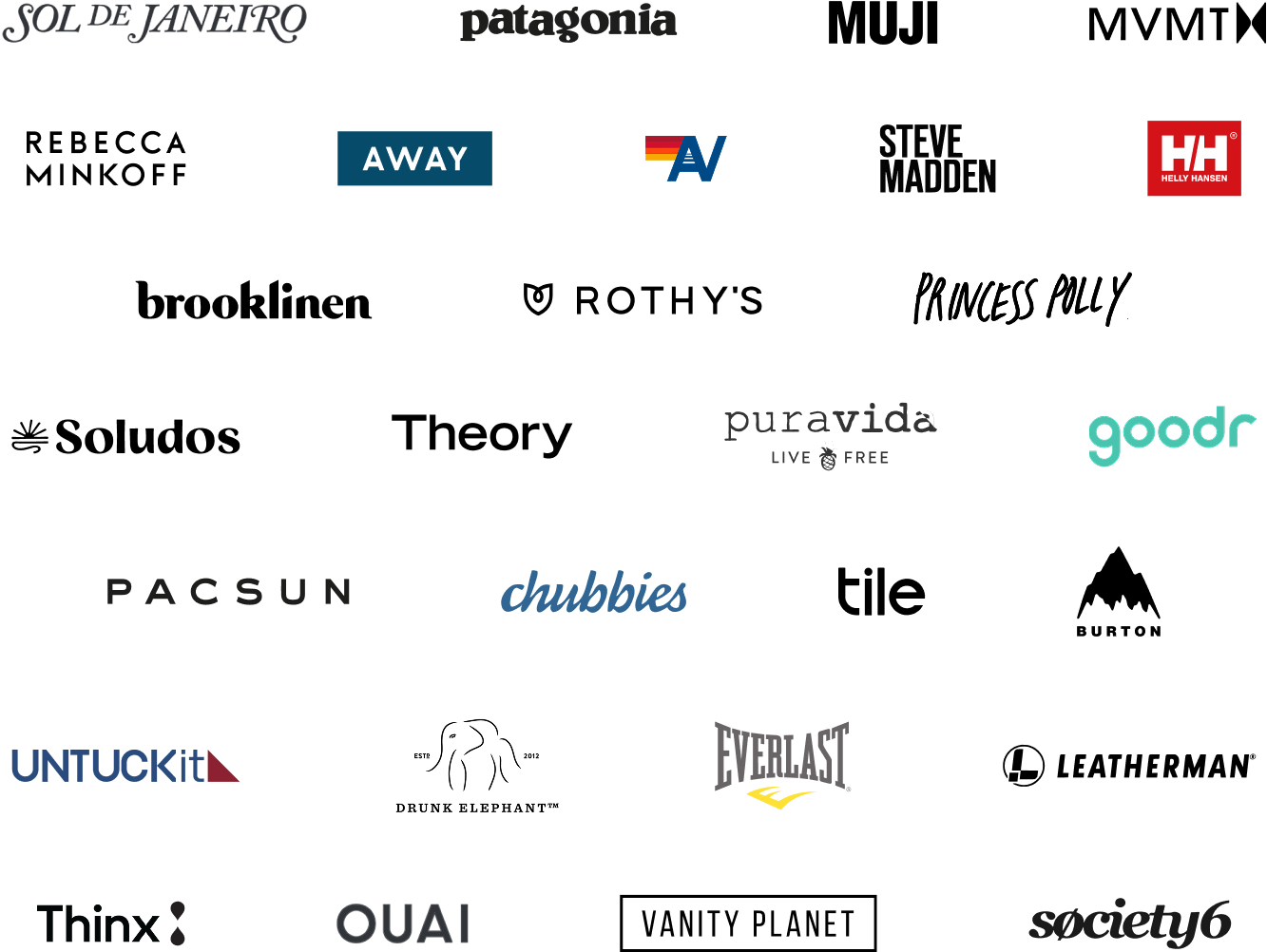On-Page SEO for eCommerce: Optimization and Keyword Targeting
We’ve already covered technical SEO and how it’s important for your eCommerce site as a whole, but what about individual pages? That’s where on-page SEO comes in.
 eCommerce SEO Guide
eCommerce SEO Guide
We’ve already covered technical SEO and how it’s important for your eCommerce site as a whole, but what about individual pages? That’s where on-page SEO comes in.
On-page SEO is exactly what it sounds like — optimizing each page for keywords to earn better rankings in search and drive traffic. It’s more of an art than a science, since you’ll need to incorporate your keywords into your headlines, product descriptions, and other copy in a natural, user-friendly way.

An SEO-savvy copywriter can help you with this, but here are some of the primary areas to be aware of.
The title tag is an important ranking factor that Google takes into consideration when deciding whether to display your product as the most relevant search result. It’s also the primary copy that searchers see when considering results. It is crucial to do keyword research to know what queries your customers use. That way, you can include the relevant targeted keywords in the title tags.
The meta description is the copy that appears on the search results page below the title tag. While the copy here isn’t a ranking factor, it’s important to repeat your primary keyword here so it’s clear to the searcher that the page is relevant to their query. The goal of optimizing your meta description is to trigger people to click on your webpage on the search result page and view your product.
The H1 headline for the page typically explains what the page is about, so Google’s algorithm weighs the keywords here more heavily than other usages on the page. The same is true of subheads (H2, H3, etc.), to lesser degrees. A best practice is to use your primary keyword in the H1, and secondary variations in other H tags.
Subheads are also a great opportunity to organize your page into something visually more skimmable for the user.
In most cases, the product name will be the H1 of the product page. To optimize for search engines, brands need to consider SEO in their product naming strategy — whether or not the product name itself contains the product type. For example, if you are selling a crossbody bag called Alicante, the ideal product name, which will be the H1, should be Alicante Crossbody. In certain situations, brands can also customize the H1s without changing the product names.
According to Backlinko, the perfect page has over 1000 words of copy and uses the target keyword phrase and its variations three to five times. Why so high? Google likes when brands provide rich, detailed information for the user, and sites that offer that are likely to succeed.
This can be a challenge for eCommerce brands, though, especially on product pages. It’s merely a guideline, however, not a requirement, and you absolutely should not fill the page with filler copy just to hit that number. Instead, focus on what information would provide value for your shopper and let their needs lead the way.
We encourage you to look into your competitors’ websites and see what information they have on their product pages. That way, you can get some ideas in building your product copy. Some components we recommend are product specifications, ingredients and directions for use, and care tips. If the typical customers need more information before making any buying decision, a short FAQ section on the product page can be helpful too. Last but certainly not least, work on the visual layout with your web designer. There is always a sweet spot to win search engines without sacrificing your user experience.
A smart internal linking strategy creates a path for your shoppers, guiding them to where you want them to go next: related or popular product recommendations, and add-ons or up-sells. Internal links also increase time spent on site (a small ranking factor) and increase your keyword density.
The anchor text you choose for internal links should reflect the keyword goals of that page. For instance, if you use “little black dress” to link to, well, a little black dress, then Google understands what that page is about.
You should also use your keywords in your image title and the image alt tag. That way, if shoppers are searching Google Images for your keywords, your product images are more likely to populate there. Plus, it’s good from an accessibility standpoint, as screen readers use alt tags to describe images to those with sight difficulties.
Pro Tip: With a lot of strategy and a little bit of luck, you could potentially rank your pages for both your target keywords and a whole host of related search terms. This is called Latent Semantic Indexing (LSI), which you can help along by proactively researching related keywords and incorporating them into your on-page SEO. This should also happen naturally, if you provide genuinely relevant and useful information about the topic.
These strategies will help your page ranking in both search engines and Google Shopping. Do these six things for every page on your eCommerce site, and put your products and content front-and-center for those who want to find it.
“Yotpo is a fundamental part of our recommended tech stack.”
 Laura Doonin, Commercial Director
Laura Doonin, Commercial Director








